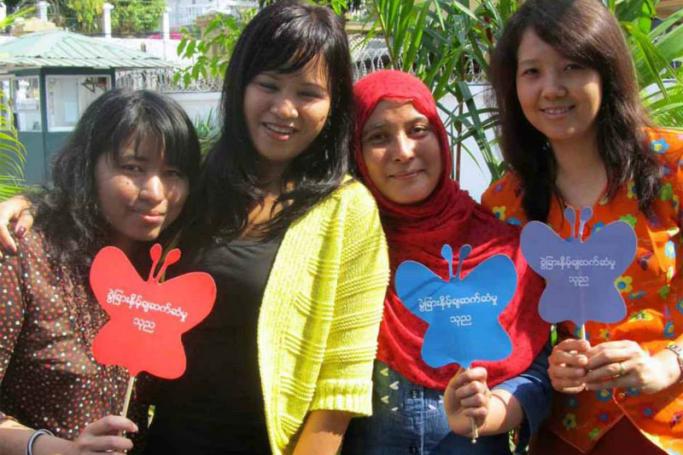This week, leaders are gathering at the United Nations in New York to agree to a new Political Declaration on Ending AIDS. The AIDS epidemic has defined the global health agenda for an entire generation. The first AIDS-related deaths were diagnosed 35 years ago and HIV rapidly becamea globalcrisis. The epidemic threatened all countries and had the power to destabilize the most vulnerable.By 2000, AIDS had wiped out decades of development gains.
Today, many nations have taken great steps in getting ahead of the virus. Myanmar, for example,has reduced the number of new HIV infections from 37,461 a year in 2000 to 11,762 a year in 2015.Antiretroviral Therapy (ART) coverage among people living with HIValso increased from 30% in 2013 to 47.4% in 2015. As a result, the estimated AIDS-related deaths in all aged groups fell by 25% from 2013 to 2015. Myanmar has made remarkable improvementsto its ART care and support program, enabling people living with HIV who are accessing treatment to live long andhealthy lives and contributeto their communities and families.
Worldwide, there are now more than 17 million people living with HIV accessing antiretroviral medicines.
But as world leaders grapple with a growing number of global concerns andthreats, including massive displacement, climate change and an uncertain economicoutlook—it would be a misstep to let up on the response to HIV. Here are three reasons why AIDS deserves continued attention:
To restore dignity, health and hope to the people left behind in the AIDS response
To build robust and resilient societies ready to face future health crises
To serve as a beacon for what can be achieved through international solidarity and political will
Our generation has been presented with an opportunity that must not be thrown away. We have the technology, medicines and tools to end the AIDS epidemic by 2030, avoiding more than 17 million new HIV infections and saving almost 11 million lives.
But it won’t happen without sustained commitment, vision and leadership. There are major gaps in the AIDS response and many barriers still stop people accessing quality health care services.
Still around half of the 37 million people living with HIV do not know they have the virus. AIDS-related illnesses are the leading cause of death among women of reproductive age globally and the primary cause of death among adolescents in Africa. Stigma and discrimination too often stop people accessing health care, including HIV prevention and treatment services that reduce new infections and save lives. In some regions of the world, the numbers of HIV infections are actually increasing.
At the gathering at the United Nations in New York akey element will be creating the conditions necessary to achieve the UNAIDS 90-90-90 treatment target by 2020. This calls for 90% of people living with HIV to know their status, 90% of people who know their HIV positive status to access antiretroviral treatment and 90% of people on treatment to have suppressed viral loads.
Meeting this treatment target will set the world on course to ending the AIDS epidemic by 2030. But bold leadership and stronger investment are required. By 2020, combined domestic and international resources will need to increase by about one third to peak at an estimated US$ 26.2 billion to reach this target and realize the vision of ending AIDS. A lack of investment now will result in the epidemic being prolonged indefinitely and that would be a false economy.
Myanmar is sharing responsibility for its AIDS response, increasing HIV treatment and care spending to 51% ($ 43.2 million) of all HIV expendituresin Myanmar in2015.
Ending the AIDS epidemic by 2030 is a central part of achieving the United Nations Sustainable Development Goals, the development agenda that world leaders signed up to last September. In New Yorkthis week, global leaders must underpin this generation’s commitment to ending AIDS and deliver on their pledge to ensure healthy lives for all.
AIDS is not over yet but it can be.
Michel Sidibé, UNAIDS Executive Director
(Edited for style)
You are viewing the old site.
Please update your bookmark to https://eng.mizzima.com.
Mizzima Weekly Magazine Issue...
14 December 2023
Spring Revolution Daily News f...
13 December 2023
New UK Burma sanctions welcome...
13 December 2023
Spring Revolution Daily News f...
12 December 2023
Spring Revolution Daily News f...
11 December 2023
Spring Revolution Daily News f...
08 December 2023
Spring Revolution Daily News f...
07 December 2023
Diaspora journalists increasin...
07 December 2023
PPP candidate interested in extracting resources from mountains east of Pyinmana












